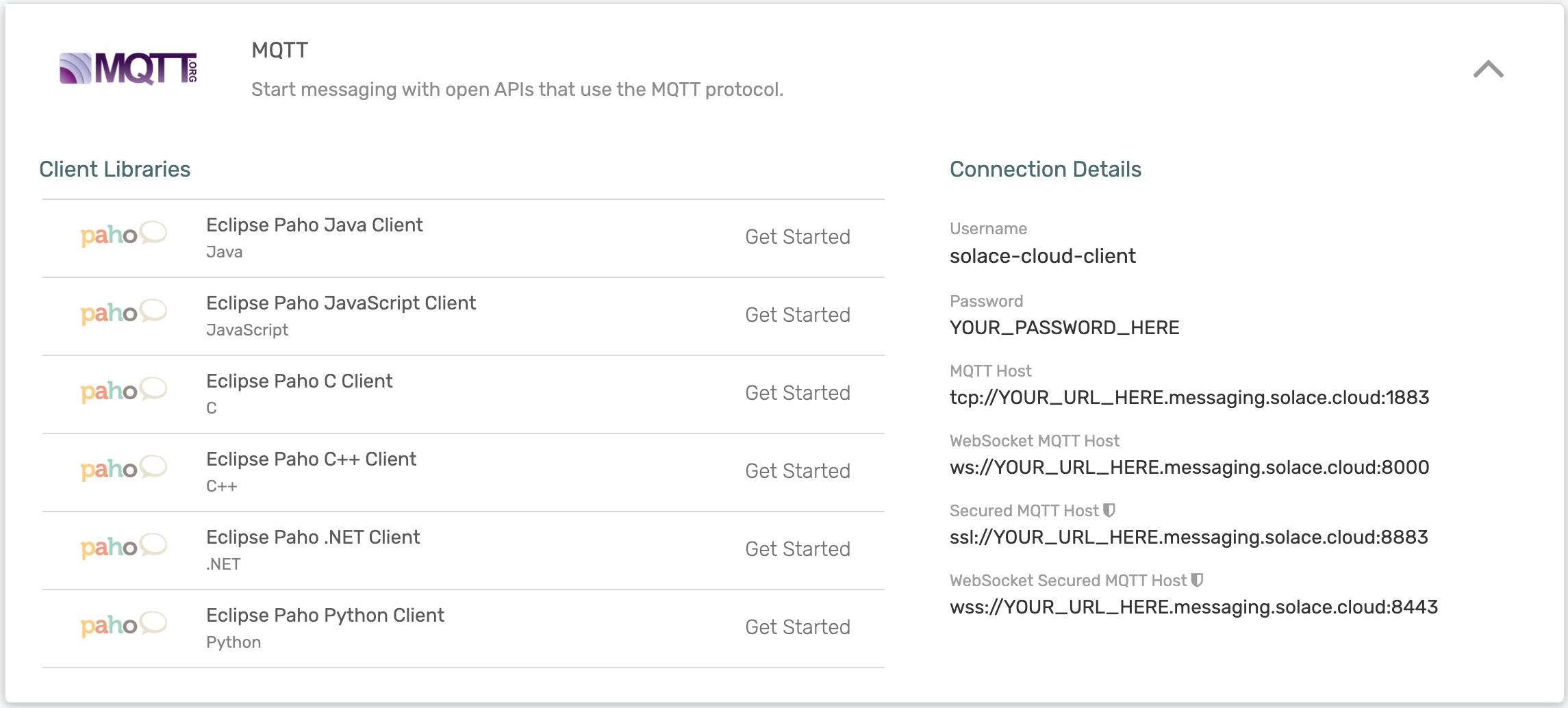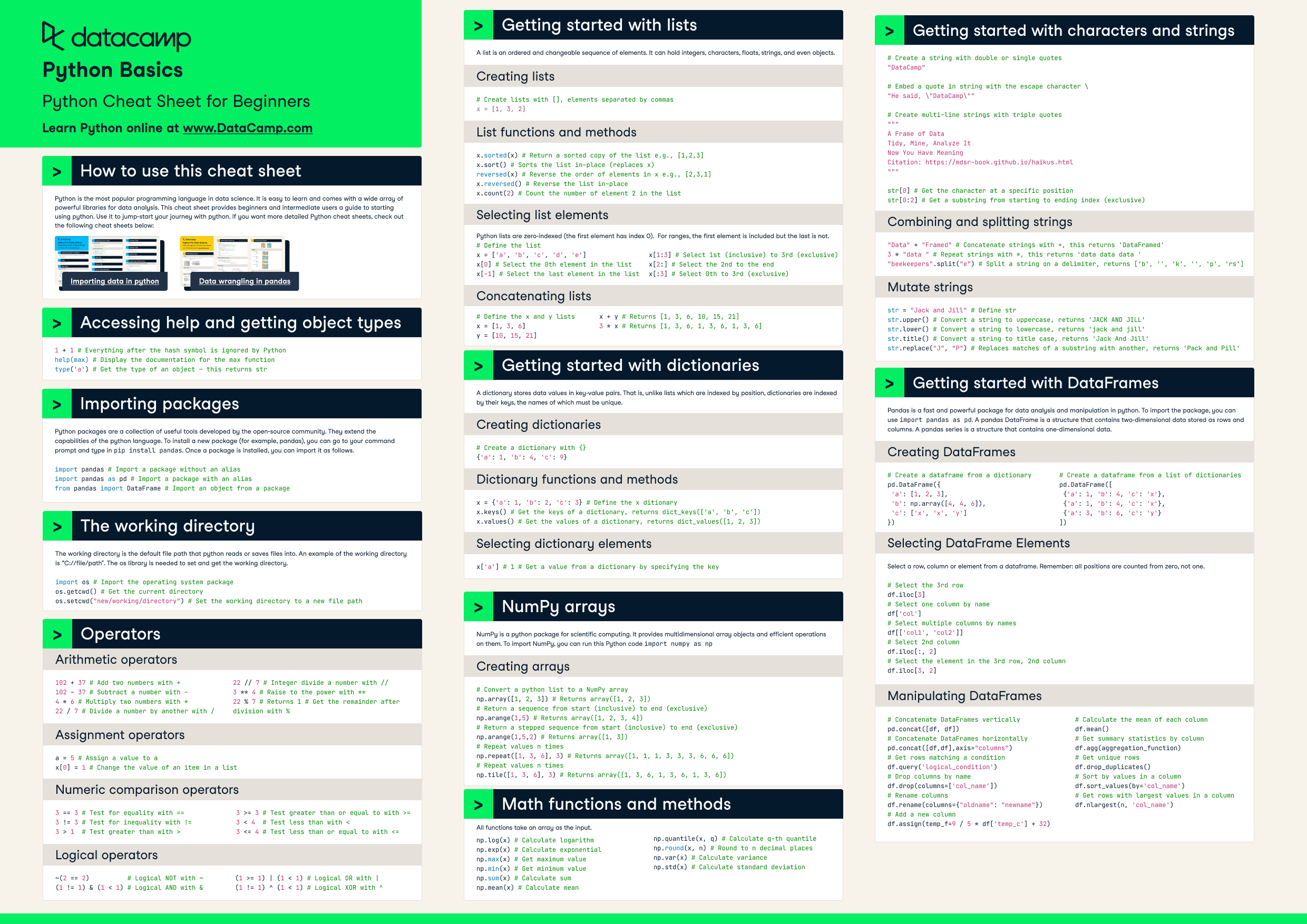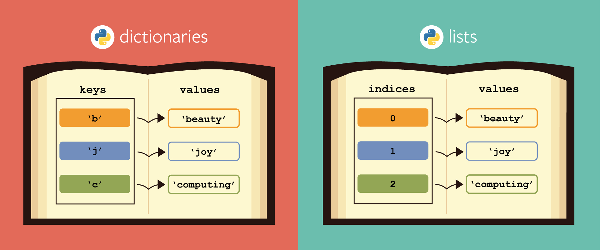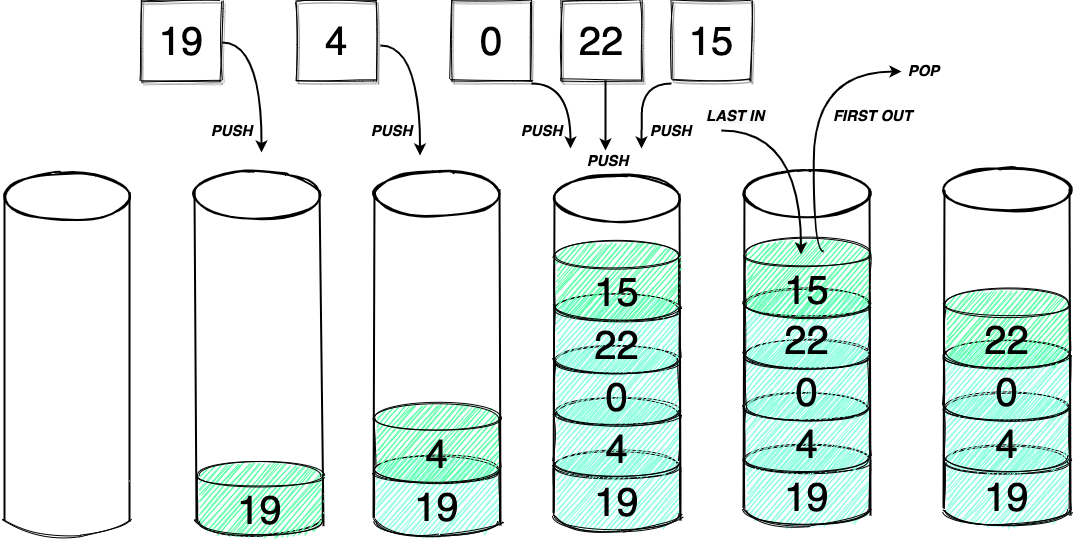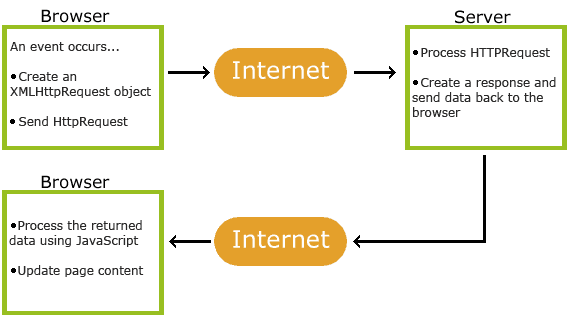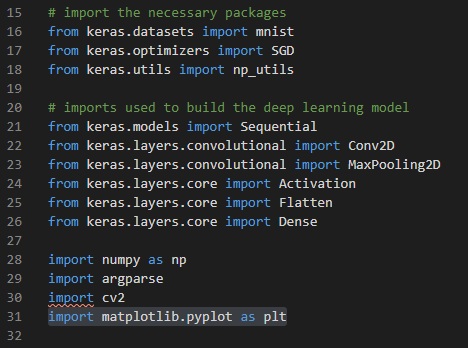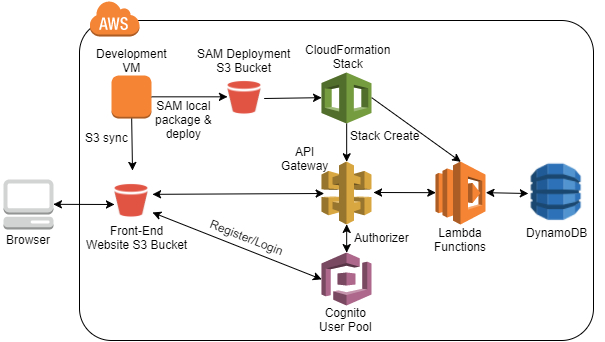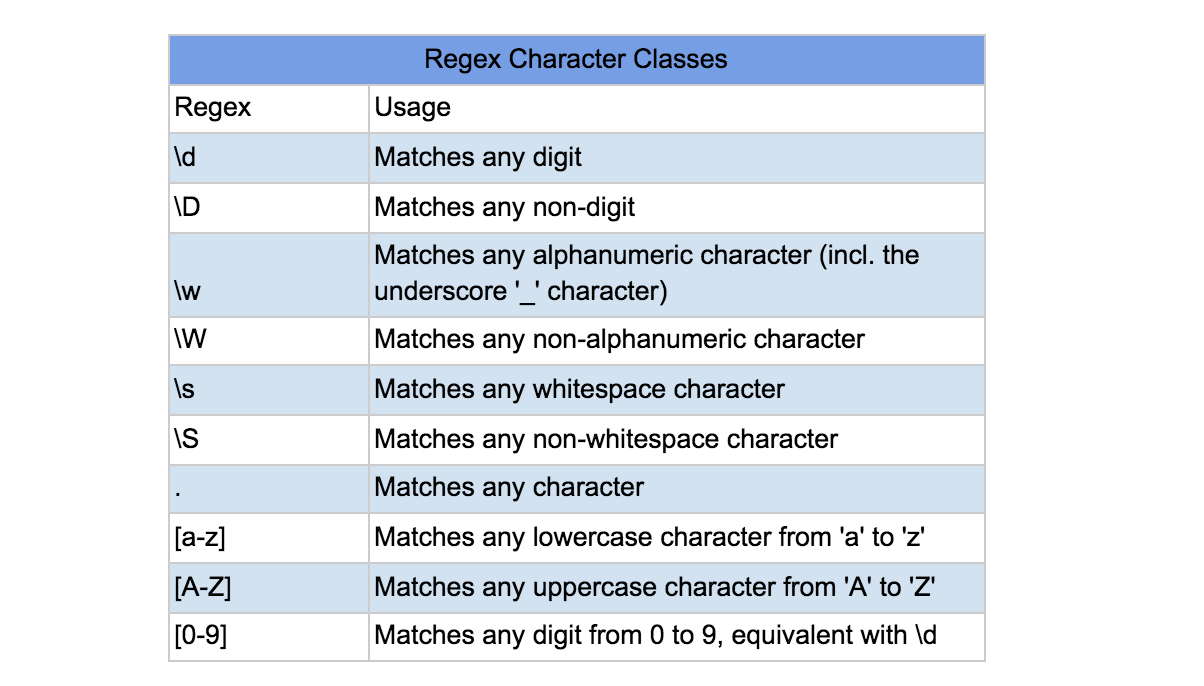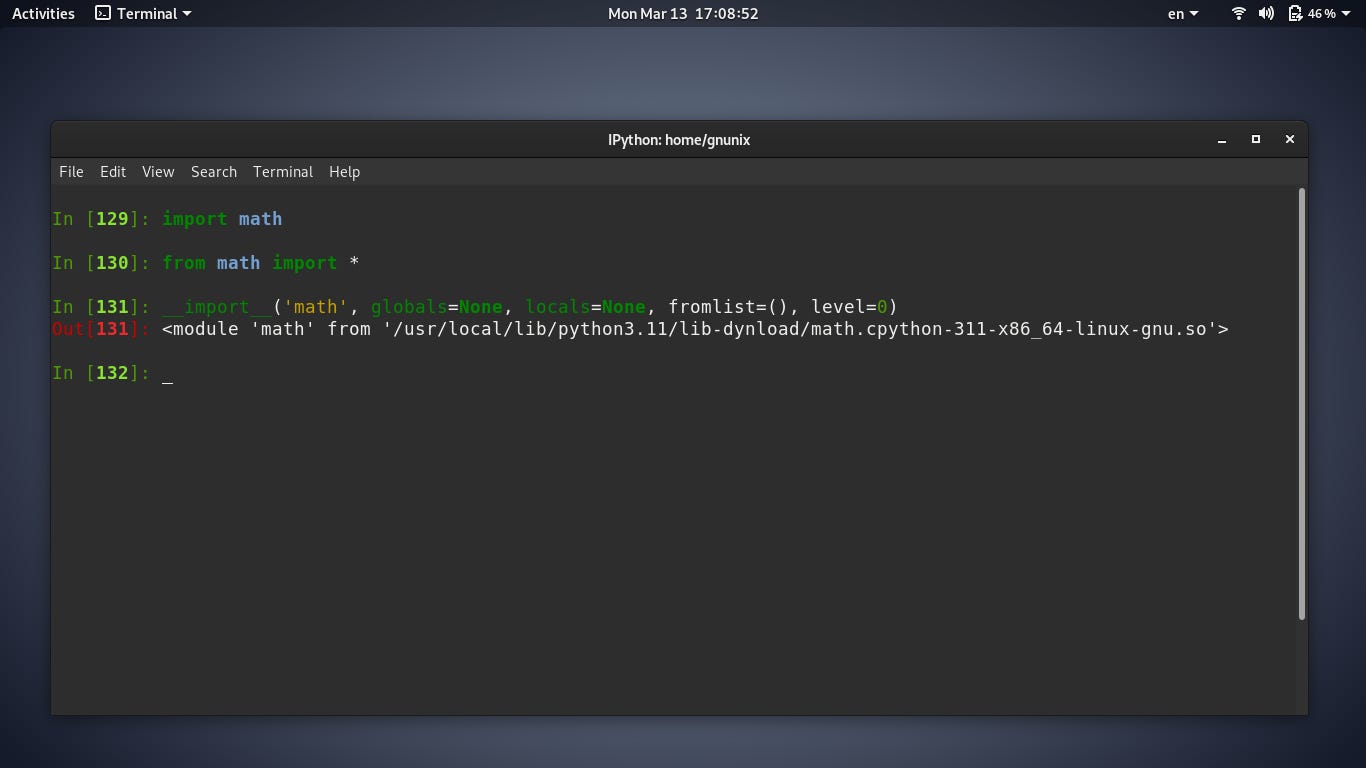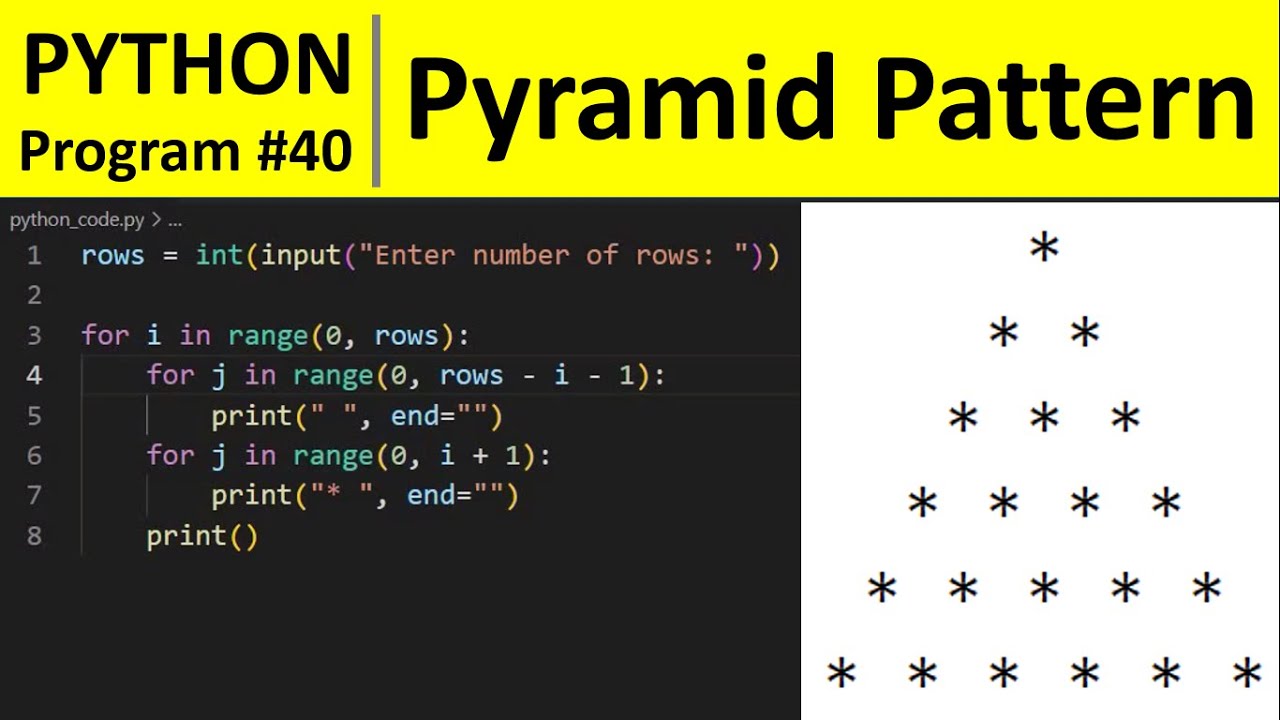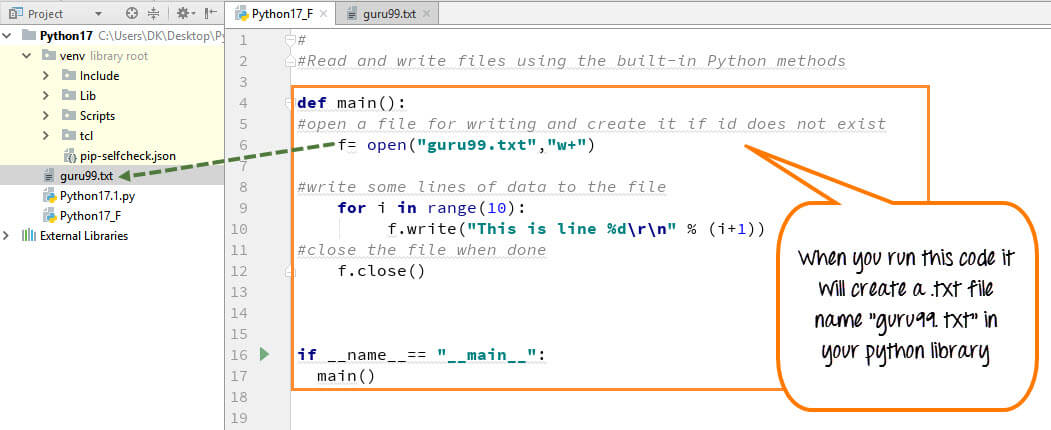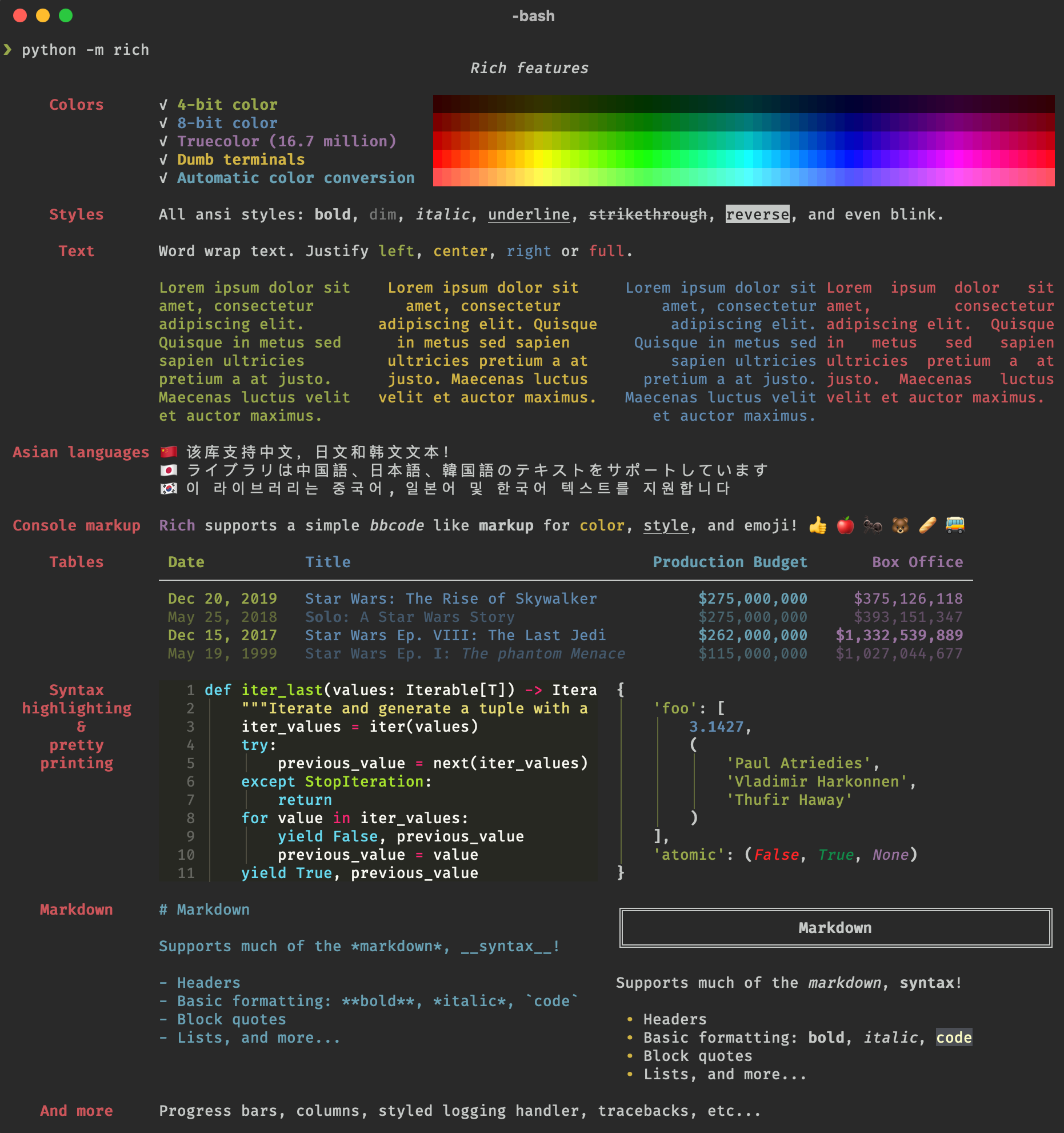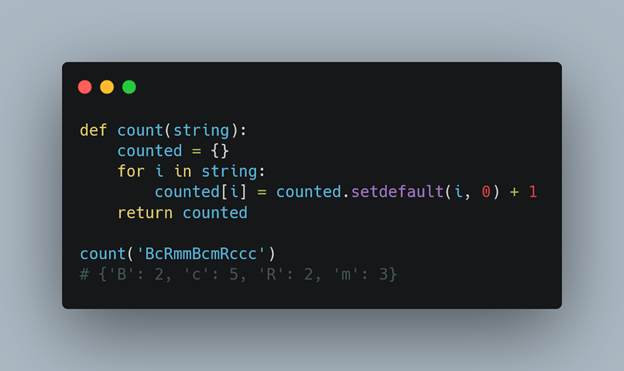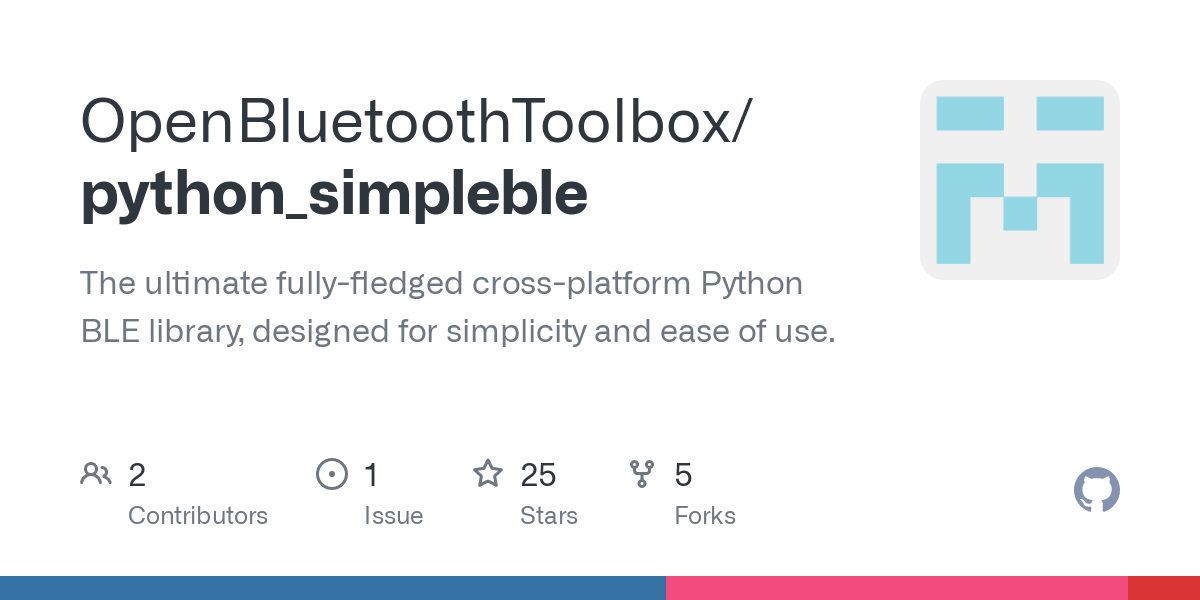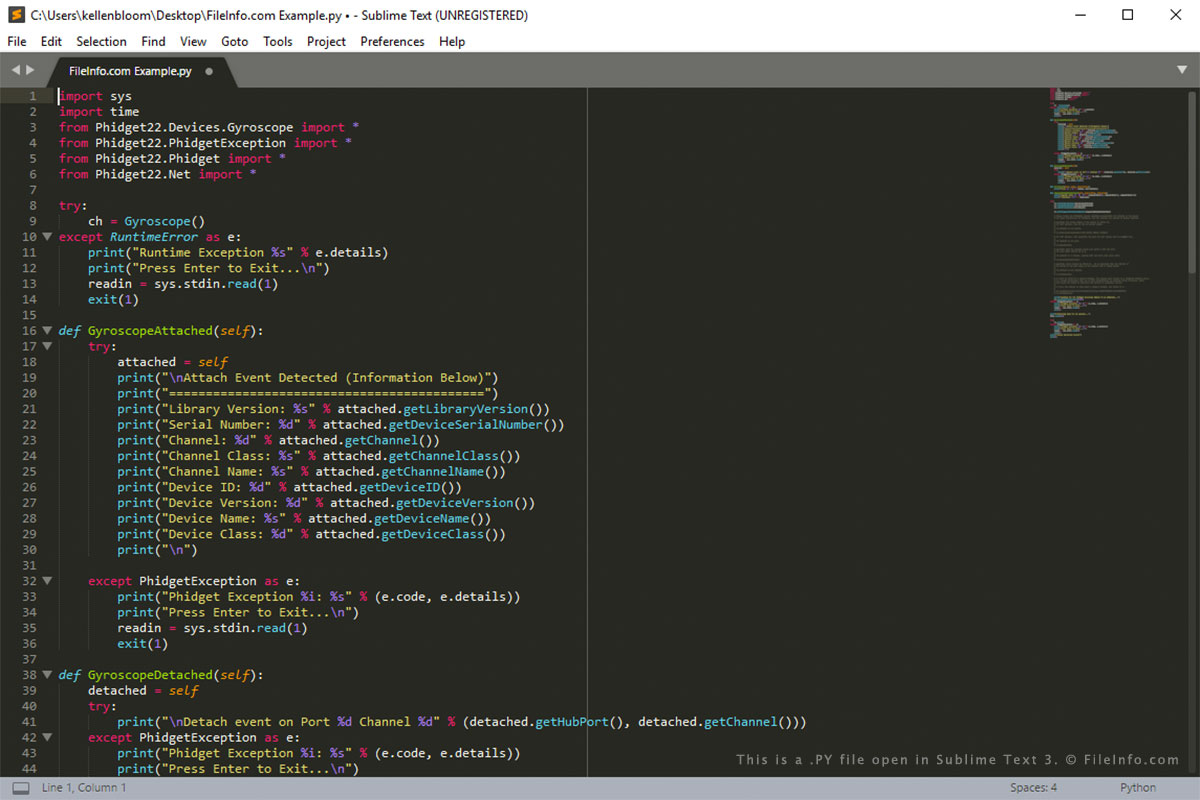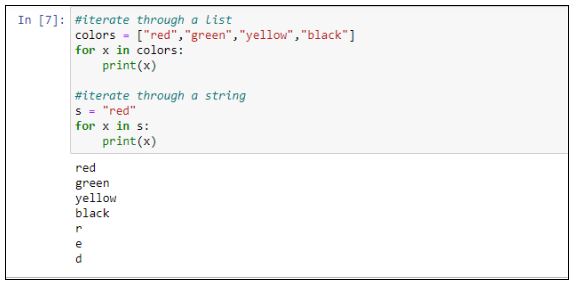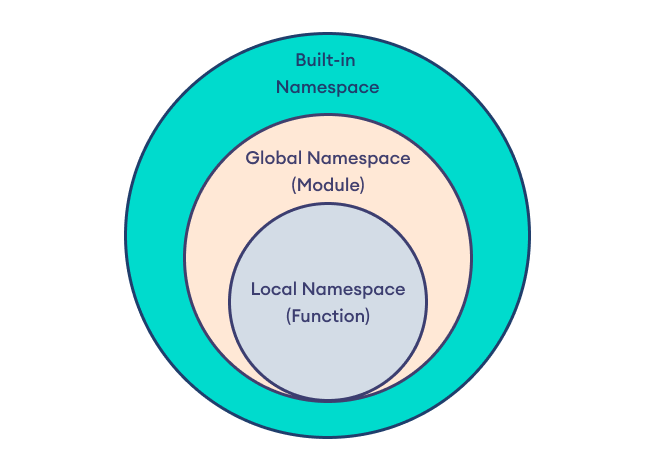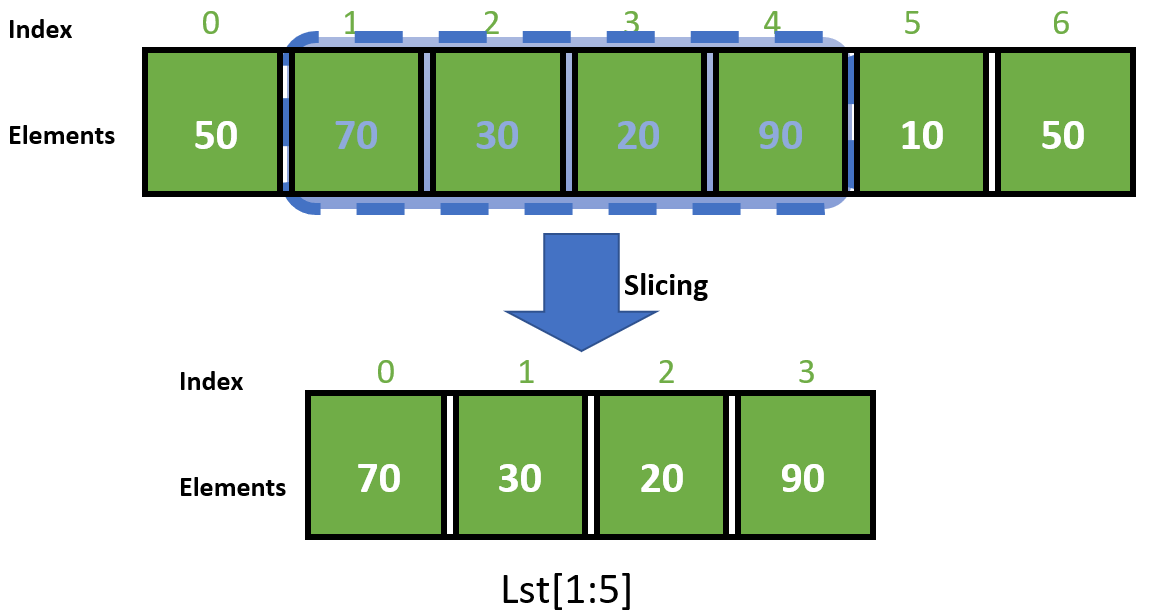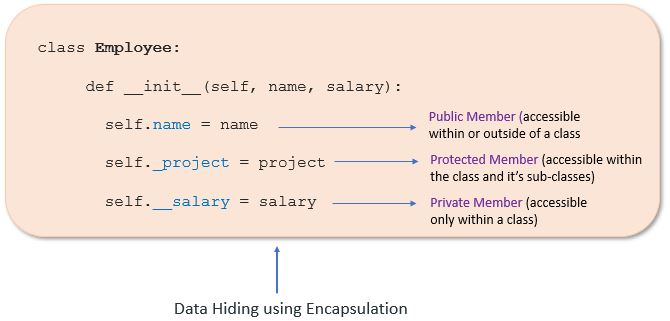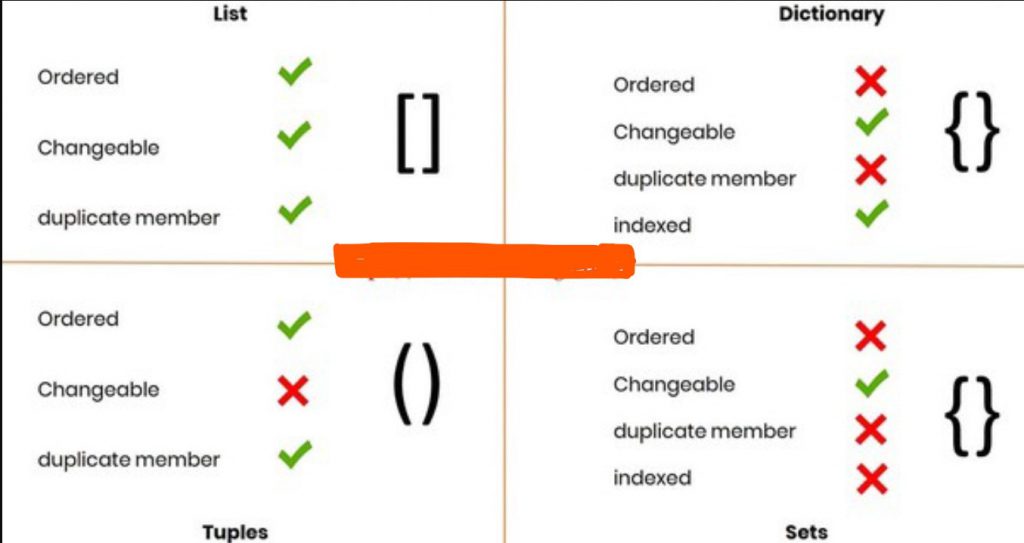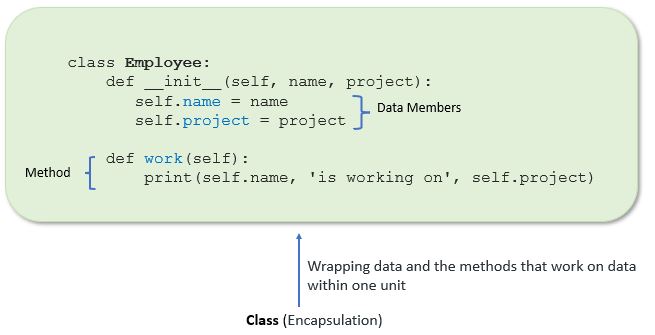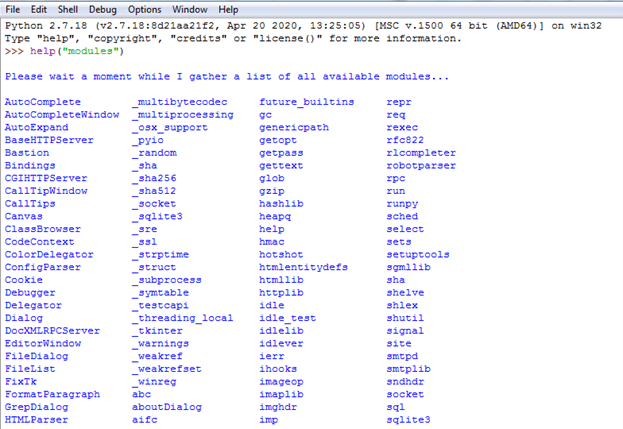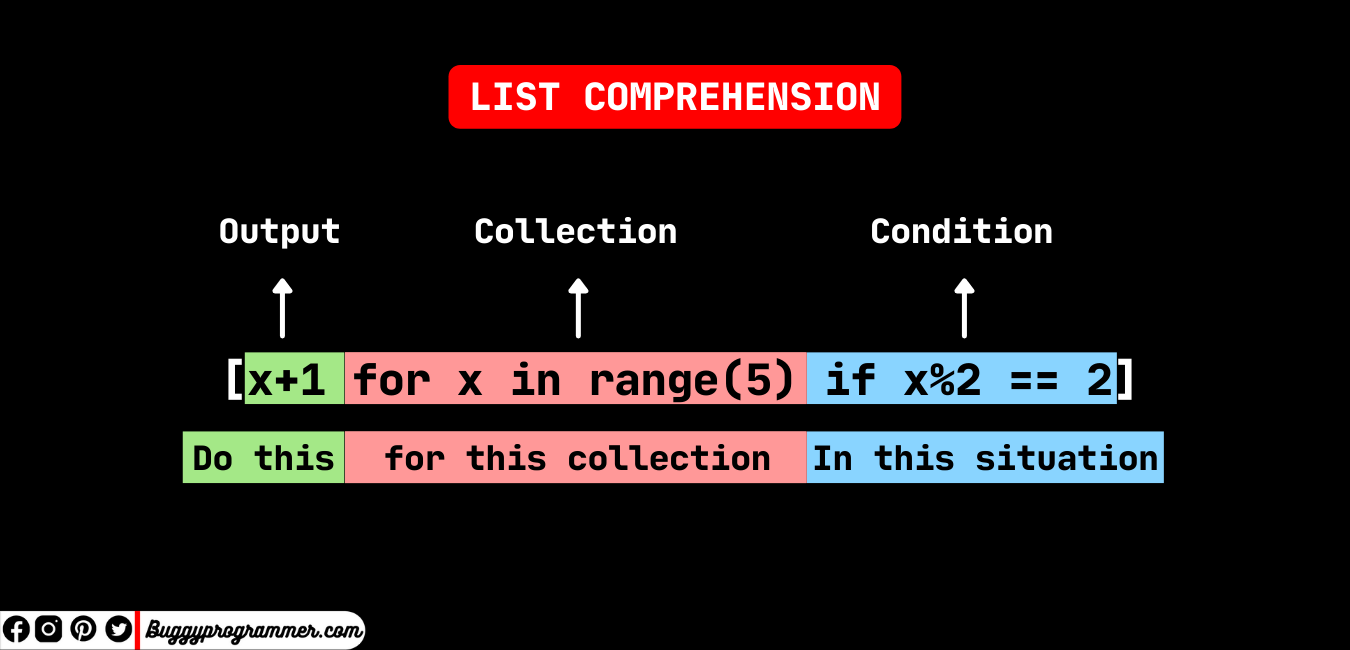Paho mqtt python github
Paho mqtt python github
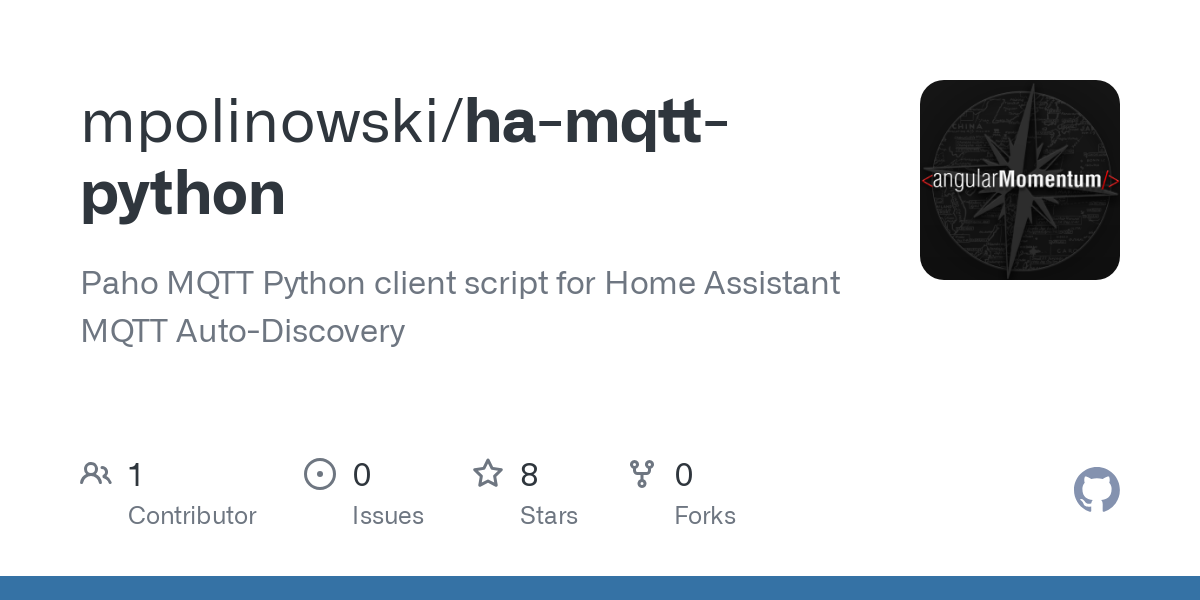
Mqtt Python and GitHub
The world of IoT (Internet of Things) has seen tremendous growth in recent years, and MQTT (Message Queuing Telemetry Transport) has emerged as a popular protocol for device communication. Python, being a widely used programming language, provides excellent support for working with MQTT through libraries like Paho MQTT.

What is Paho MQTT?
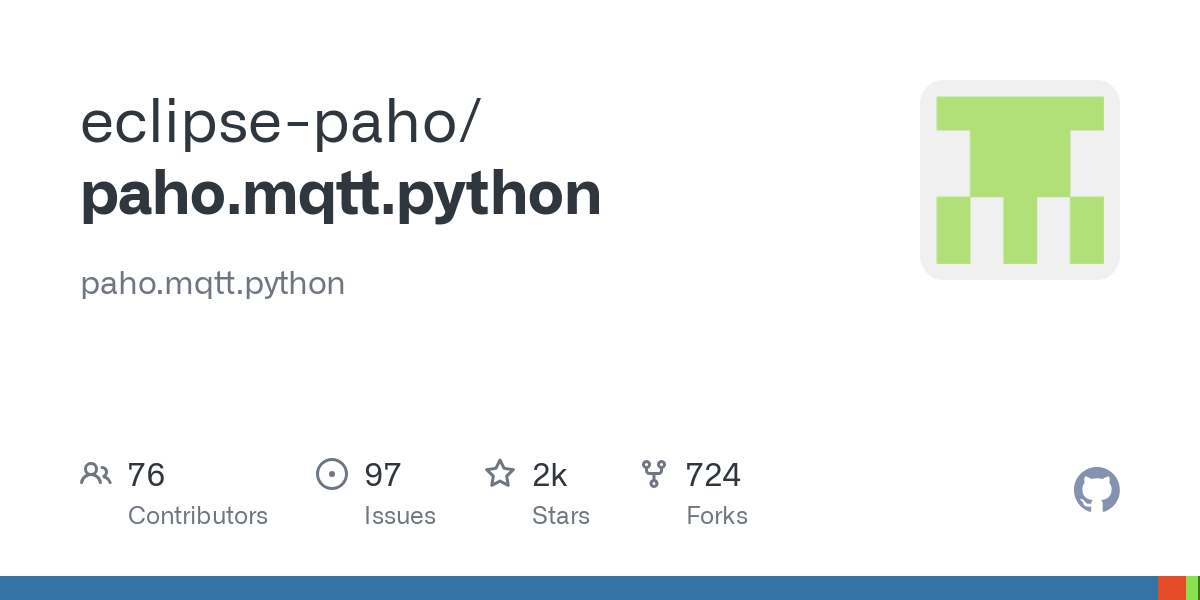
Paho MQTT is an open-source implementation of the MQTT protocol written in Python. It provides a simple and efficient way to connect to MQTT brokers, publish and subscribe to topics, and manage MQTT clients. The Paho MQTT library is designed to be easy to use, flexible, and scalable, making it an excellent choice for IoT projects.
Key Features of Paho MQTT
Easy Connectivity: Connect to MQTT brokers like Mosquitto, HiveMQ, or AWS IoT Core using a simple API. Topic Management: Publish and subscribe to topics using Python's syntax, making it easy to manage your MQTT topics. Client Management: Create multiple MQTT clients and manage their connections, subscriptions, and publications. Error Handling: Handle connection errors, disconnections, and subscription failures with Paho MQTT's built-in error handling mechanisms. Async Support: Use Python's async/await syntax to write asynchronous code for more efficient and scalable applications.GitHub Resources
Paho MQTT is actively maintained on GitHub, where you can find the following resources:
Official Repository: The official Paho MQTT repository contains the source code, documentation, and examples. Examples: Find a wide range of examples showcasing common use cases, such as publishing to a topic, subscribing to a topic, and managing clients. Documentation: Detailed documentation covering topics like installation, usage, and troubleshooting.Using Paho MQTT with Python
To get started with Paho MQTT in Python, follow these simple steps:
Install Paho MQTT: Runpip install paho-mqtt to install the library. Import the Library: In your Python script, import the Paho MQTT library: import paho.mqtt.client as mqtt. Create a Client: Create an MQTT client instance: client = mqtt.Client(). Connect to the Broker: Connect to your chosen MQTT broker using the connect method: client.connect('localhost', 1883). Publish and Subscribe: Publish messages to topics and subscribe to topics of interest.
Conclusion
Paho MQTT provides a robust and efficient way to work with MQTT in Python, making it an excellent choice for IoT projects. With its ease of use, flexibility, and scalability, Paho MQTT is an ideal solution for building MQTT-based applications. Explore the GitHub resources and start building your own MQTT-powered projects today!
Paho MQTT Python example
I apologize for the confusion earlier. Here's a detailed example of using Paho MQTT (Python) to publish and subscribe to an MQTT topic:
Prerequisites:
Install thepaho-mqtt library by running the command pip install paho-mqtt Install an MQTT broker such as Mosquitto or HiveMQ on your local machine. Note down the IP address and port number of your MQTT broker.
Publishing a Message:
import paho.mqtt.client as mqtt
Create an MQTT client instance
client = mqtt.Client()
Connect to the MQTT broker
client.connect("localhost", 1883)
Set the topic name (e.g., "home/light")
topic = "home/light"
Set the message payload
payload = "Hello from Python!"
Publish the message to the topic
client.publish(topic, payload)
print("Message published successfully!")
Subscribing to a Topic:
import paho.mqtt.client as mqtt
Create an MQTT client instance
client = mqtt.Client()
Connect to the MQTT broker
client.connect("localhost", 1883)
Set the topic name (e.g., "home/light")
topic = "home/light"
Subscribe to the topic
client.subscribe(topic)
print("Subscribed successfully!")
Loop forever to receive messages
while True:
Read a message from the topic
message = client.recv_msg()
if message.is_msg():
print(f"Received message: {message.payload.decode('utf-8')}")
Putting it all together:
To demonstrate publishing and subscribing, we can create two Python scripts:
publisher.py (publishes a message):
import paho.mqtt.client as mqtt
Create an MQTT client instance
client = mqtt.Client()
Connect to the MQTT broker
client.connect("localhost", 1883)
Set the topic name and payload
topic = "home/light"
payload = "Hello from Python!"
Publish the message to the topic
client.publish(topic, payload)
print("Message published successfully!")
subscriber.py (subscribes to a topic):
import paho.mqtt.client as mqtt
Create an MQTT client instance
client = mqtt.Client()
Connect to the MQTT broker
client.connect("localhost", 1883)
Set the topic name
topic = "home/light"
Subscribe to the topic
client.subscribe(topic)
print("Subscribed successfully!")
Loop forever to receive messages
while True:
Read a message from the topic
message = client.recv_msg()
if message.is_msg():
print(f"Received message: {message.payload.decode('utf-8')}")
Run the scripts:
Runpublisher.py first to publish a message. Then, run subscriber.py to subscribe to the topic and receive the published message.
This example demonstrates the basics of using Paho MQTT (Python) for publishing and subscribing to MQTT topics. You can extend this code to suit your specific use case, such as handling multiple subscriptions, sending/receiving binary messages, or implementing QoS (Quality of Service) policies.

